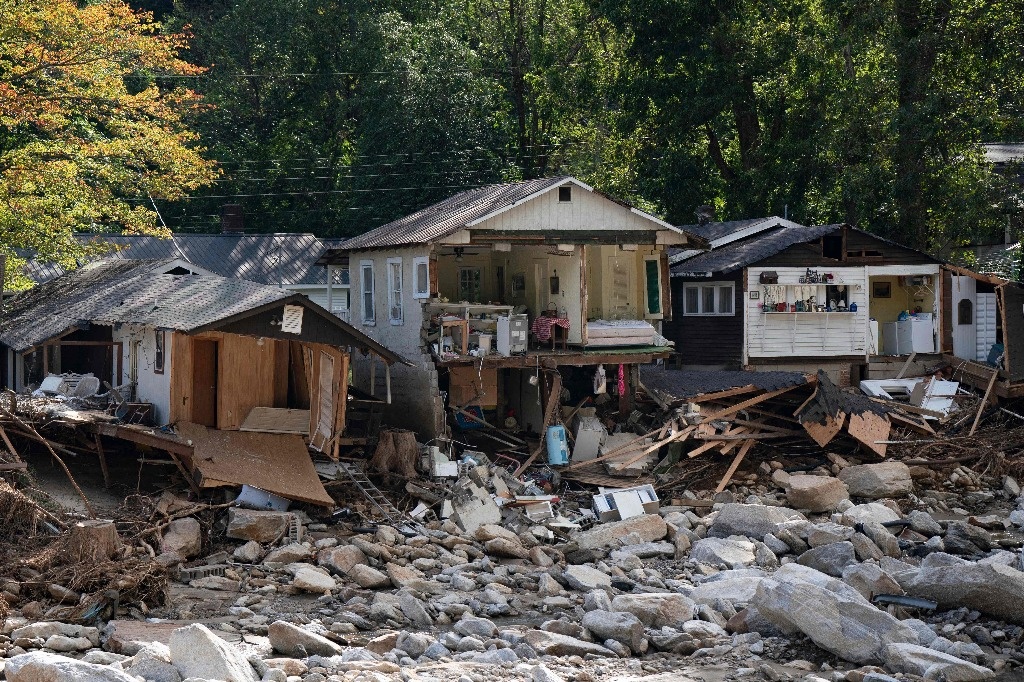This Saturday, October 12, Hispanic Heritage Day, the discovery of America by Christopher Columbus in 1492 is celebrated. The protagonist of this story is known to have died on May 20, 1506 in Valladolid and that he was an iconic navigator, cartographer and admiral. However, it is surrounded by a mystery that has not yet been resolved: its true origin.
The official theory states that Columbus was a Genoese son of a family of weavers, but in recent years some theses maintain that he may have come from various parts of Spain, but many others point to places such as Portugal, Croatia and even Poland. Only your DNA will be able to truly decipher the enigma and reveal where it comes from.
For this reason, the skeletal remains attributed to Columbus, his son Hernando and his brother Diego left the security chamber of the University of Granada in May of this year, where they have been since 2003, to be analyzed at the university itself and transferred. to different genetic identification laboratories in Europe and America.
DNA will be analyzed thanks to technology
The research began 18 years ago, but had to be stopped until a technological advance was found that is now available. “Today we have new generation techniques, both in the DNA extraction phase in bone material and teeth, as well as in the amplification and analysis phase, which have evolved radically and are much more sensitive, allowing us to obtain more information starting from a very small amount of sample,” explained Dr. José Antonio Lorente, professor of Legal and Forensic Medicine at the University of Granada.
The material available for analysis is the following: four bone fragments from Christopher Columbus the size of an almond; seven others, one of them a tooth, from Hernando, and twelve bone fragments from Diego. The genetic studies carried out between 2004 and 2005 on the relationship of the bones of these three people preserved in the cathedral of Seville gave “positive results”, but that does not mean that it was “totally conclusive” information, Lorente clarified. “The data pointed to a father-son and brother-brother relationship (…) From there we have to increase the information generated so that these positive results become definitive conclusions,” he said.
What DNA says about your origin
However, the main objective of this study is to confirm the origins of Columbus. “It is mostly accepted that he is from Italy, we do not doubt it, but we can provide objective data that can be interpreted by historians to reach one conclusion or another,” said the professor in reference to the hypotheses about a Galician, Portuguese, Valencian origin. , Basque or Mallorcan, among others.
More than 25 nations and regions in Europe have claimed to be the place of origin of Columbus: Italy, Sweden, Norway, Portugal, France, England, Scotland, Hungary, Ireland, Croatia, Galicia, Castile, Catalonia, Valencia, Navarra and Mallorca. There has also been talk that he could have been a Sephardic Jew and an Agote. After the study and comparison of bone remains, the investigation has culminated with conclusive results that will be revealed in said documentary next Saturday, October 12, on La 1 and RTVE Play.
Related news
Thus, DNA could provide information to rule out or support each of these theories, highlighted the project director. So that the conclusion is as reliable and corroborated as possible, five laboratories participate in the process, although two of them, one from Florence and the other from the United States, will work independently and in isolation.
Follow the Diario AS channel on WhatsAppwhere you will find all the sport in a single space: the current news of the day, the agenda with the latest news of the most important sporting events, the most outstanding images, the opinion of the best AS brands, reports, videos, and some humor from time to time.


